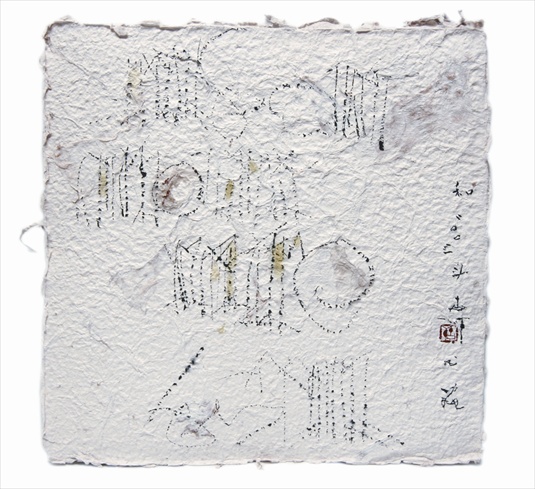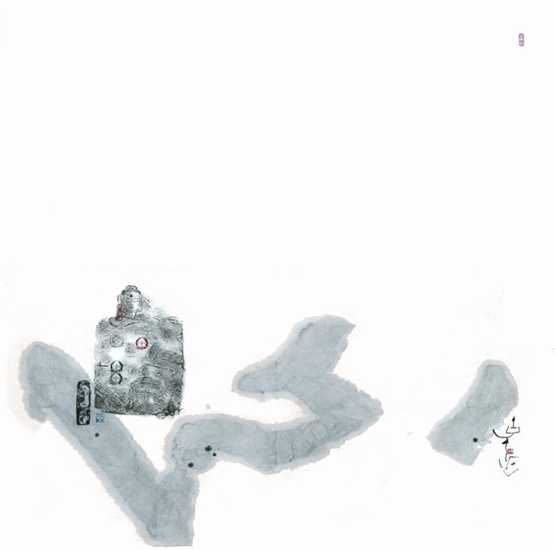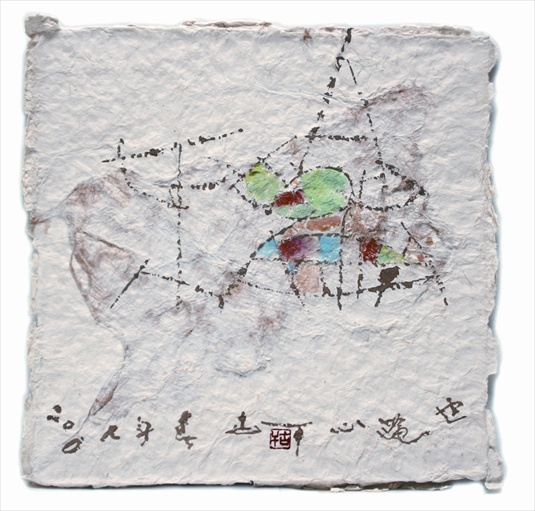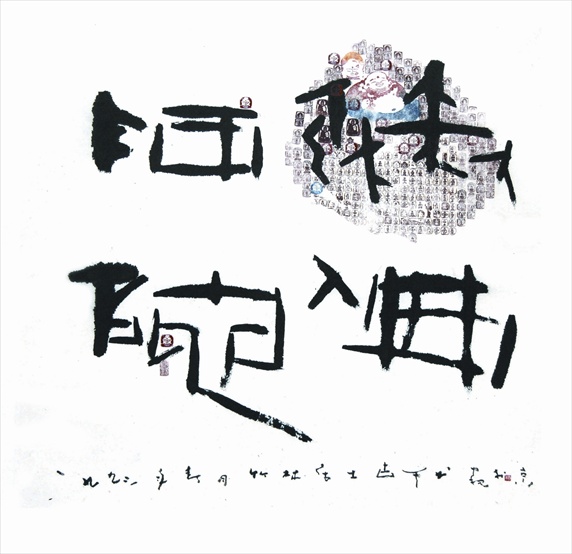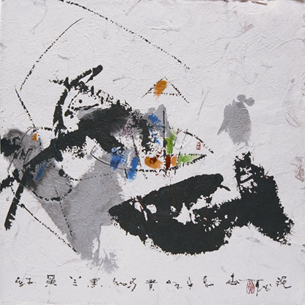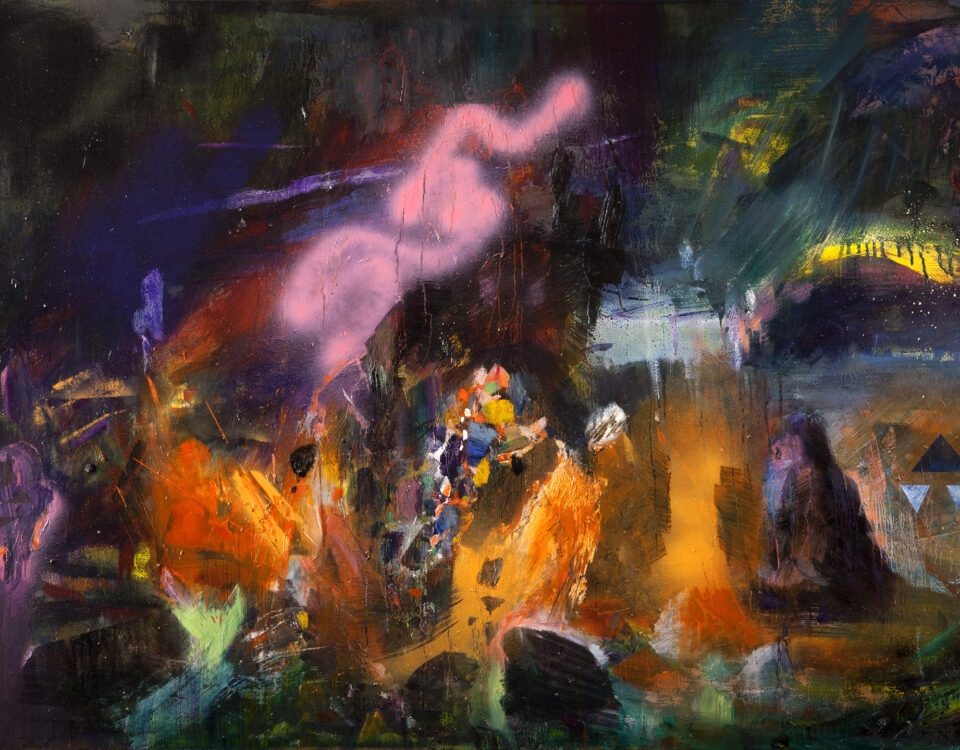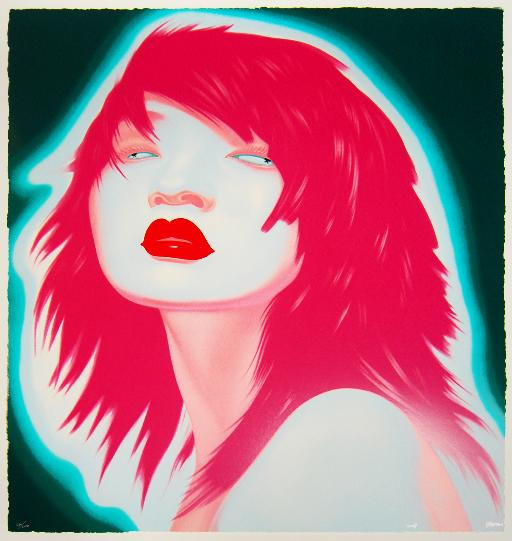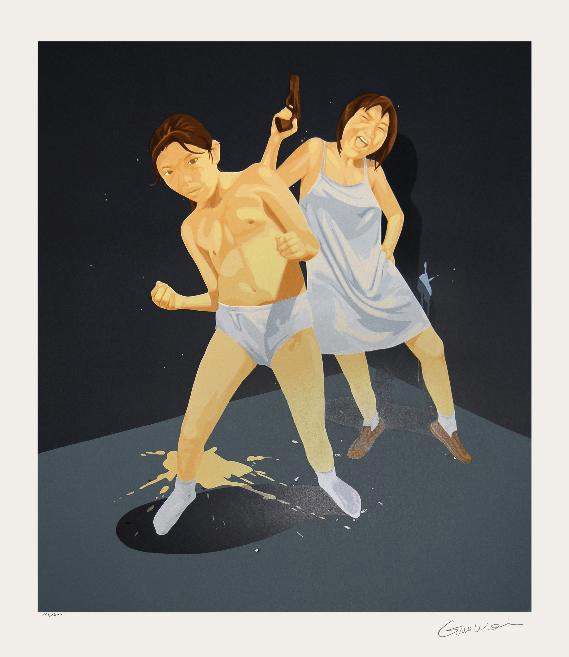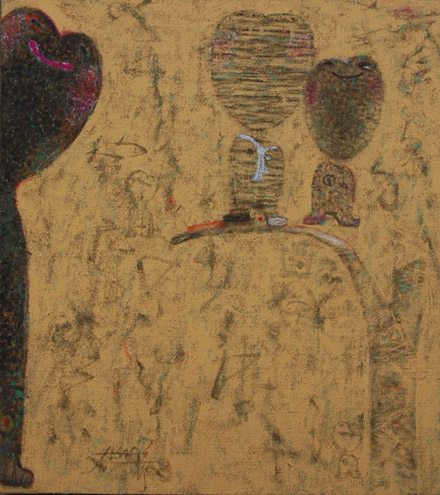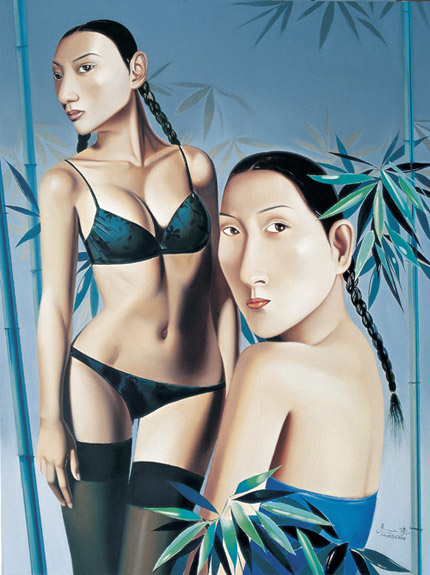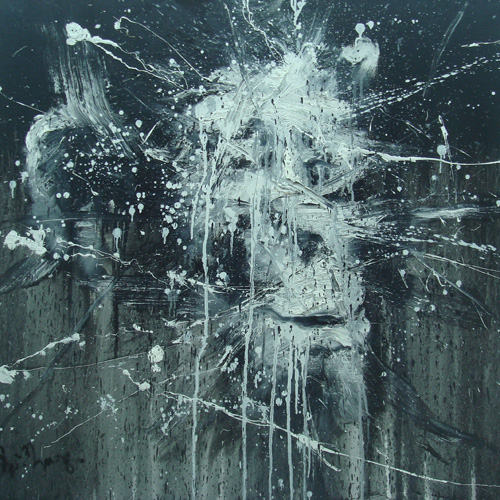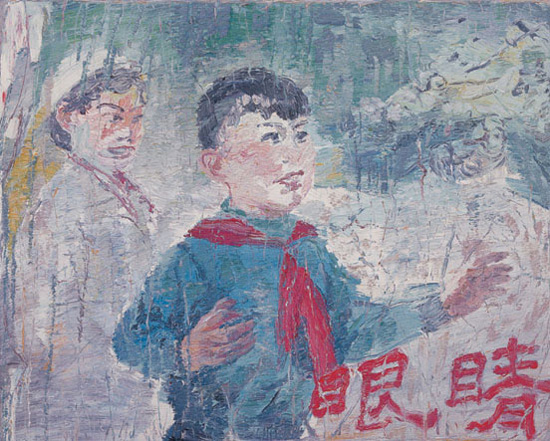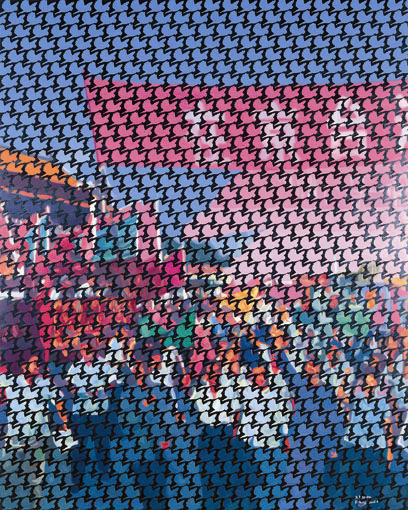- Biography Born 1985 in Beijing, ChinaGraduated from Central Saint Martins, London, 2009Post Graduate Central Academy of Fine Arts, Beijing, 2010Lives and works in Beijing and London […]
- Biography Feng Zhengjie, one of the brightest rising stars of Chinese contemporary art started his career with the first series of work “Anatomy” around 1992 while […]
- Biography 1966Born, Yunnan Province, China 1997Oil Painting Research Class, Guangzhou Art Institute 1988Graduated from the Art Department, Yunnan Art Institute Solo Exhibitions: 2007Roll it up! “I […]
- Biography 1970Born in Ai Laoshan, Yunnan Province 1990Graduated from the Fine Arts Department of Yunnan Arts InstituteCurrently works as a freelance artist Select Exhibitions: 2008Asia International […]
- Biography “I give old things new meanings through my work.” Born: Yingkou City, Liaoning, 1976 Painting “is like an asylum for me”, says Shen Liang. Within that […]

